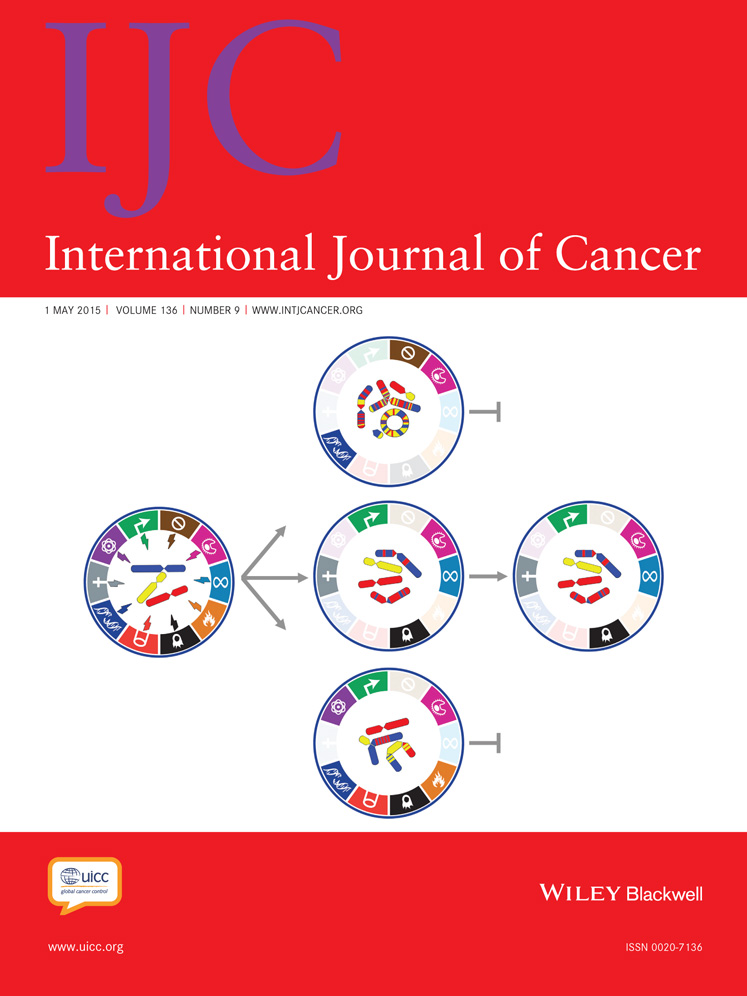Synergistic effect of JQ1 and rapamycin for treatment of human osteosarcoma
Qi and Bradner in Dana-Farber Cancer Institute licensed JQ1 to Tensha Therapeutics (Cambridge, MA) for therapeutic development. Qi is a shareholder to Tensha Therapeutics. Bradner is a consultant and a shareholder to Tensha Therapeutics.
Abstract
Bromodomain and extra terminal domain (BET) proteins are important epigenetic regulators facilitating the transcription of genes in chromatin areas linked to acetylated histones. JQ1, a BET protein inhibitor, has antiproliferative activity against many cancers, mainly through inhibition of c-MYC and upregulation of p21. In this research, we investigated the use of JQ1 for human osteosarcoma (OS) treatment. JQ1 significantly inhibited the proliferation and survival of OS cells inducing G1 cell cycle arrest, premature senescence, but little effect on apoptosis. Interestingly, c-MYC protein levels in JQ1-treated cells remained unchanged, whereas the upregulation of p21 protein was still observable. Although effective in vitro, JQ1 alone failed to reduce the size of the MNNG/HOS xenografts in immunocompromised mice. To overcome the resistance of OS cells to JQ1 treatment, we combined JQ1 with rapamycin, an mammalian target of rapamycin (mTOR) inhibitor. JQ1 and rapamycin synergistically inhibited the growth and survival of OS cells in vitro and in vivo. We also identified that RUNX2 is a direct target of bromodomain-containing protein 4 (BRD4) inhibition by JQ1 in OS cells. Chromatin immunoprecipitation (ChIP) showed that enrichment of BRD4 protein around RUNX2 transcription start sites diminished with JQ1 treatment in MNNG/HOS cells. Overexpression of RUNX2 protected JQ1-sensitive OS cells from the effect of JQ1, and siRNA-mediated inhibition of RUNX2 sensitized the same cells to JQ1. In conclusion, our findings suggest that JQ1, in combination with rapamycin, is an effective chemotherapeutic option for OS treatment. We also show that inhibition of RUNX2 expression by JQ1 partly explains the antiproliferative activity of JQ1 in OS cells.
Abstract
What's new?
Gene expression can be effectively turned on or off by addition or removal of acetyl groups. “Reader” proteins, such as the BET family of proteins, respond to these acetylation cues by recruiting transcription machinery. In this paper, the authors show that a BET protein inhibitor, JQ1, slows the growth of osteosarcoma cells in vitro, but wasn't too effective against tumors in vivo. That is, until they tried it in combination with rapamycin: in conjunction with that drug, JQ1 killed off OS cells both in vitro and in vivo, making it potentially useful as a treatment.




